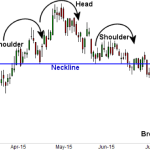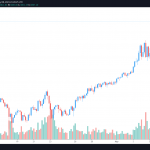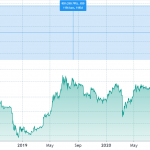Andy Rubin’s Essential smartphone has made its splashy, highly saturated debut, and the phone looks like a pretty stunning piece of kit in press images (most things in press images do). But the question I can’t shake is why it has a large-ish hole in the display. This is a cutout for the front-facing camera, I understand – but I’m still at a loss as to why it made the cut for the final design.
The pursuit of bezelessness has clearly driven us mad – how else would humans look at a large, high quality display and think it was okay to cut out a section of that, even if in service of maximizing screen real estate.
The Verge actually calls this “smart” and “efficient” in its curtain raiser for the Essential hardware, which to me sounds like exactly things which it is not. Their argument is that the upper space of any smartphone screen is often taken up by notification icons in that top row, particularly on Android, but that there’s a gap in the middle of that status bar that gives you opportunity to block it out with minimal impact.
Maybe, but in the high-resolution press image featuring stunning full-screen photos, they look like tabs accidentally left on to help you remove the plastic protective film while unboxing. It intrudes into the scenic vistas meant to reveal just how ambitious the display is, undercutting the edge-to-edge niceness of that big bold display.
Smartphone companies have been taking some liberties with displays – Samsung bends the edges ever so slightly to minimize bezel on the Galaxy S8, for instance. But cutting a whole out of an otherwise solid rectangle seems a bridge too far, when content displayed on these devices is designed to take advantage of a full rectangular screen. With weird aspect ratios, it’s just a matter of some cropping at worst – with this little imposing circle, the issue of making true full screen content look really immersive gets a lot more challenging, and that doesn’t seem like something I want to deal with daily on my primary media consumption device.










